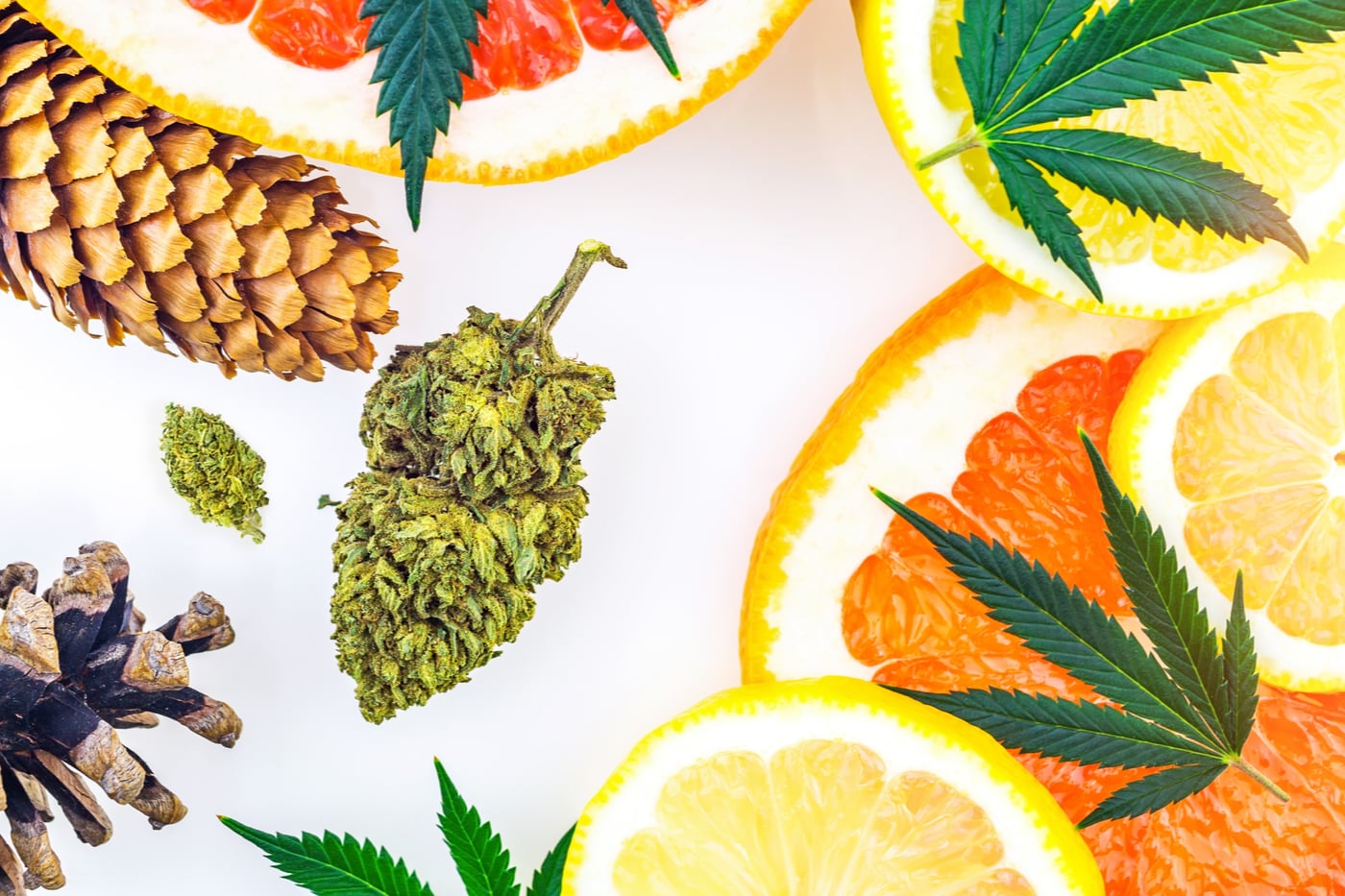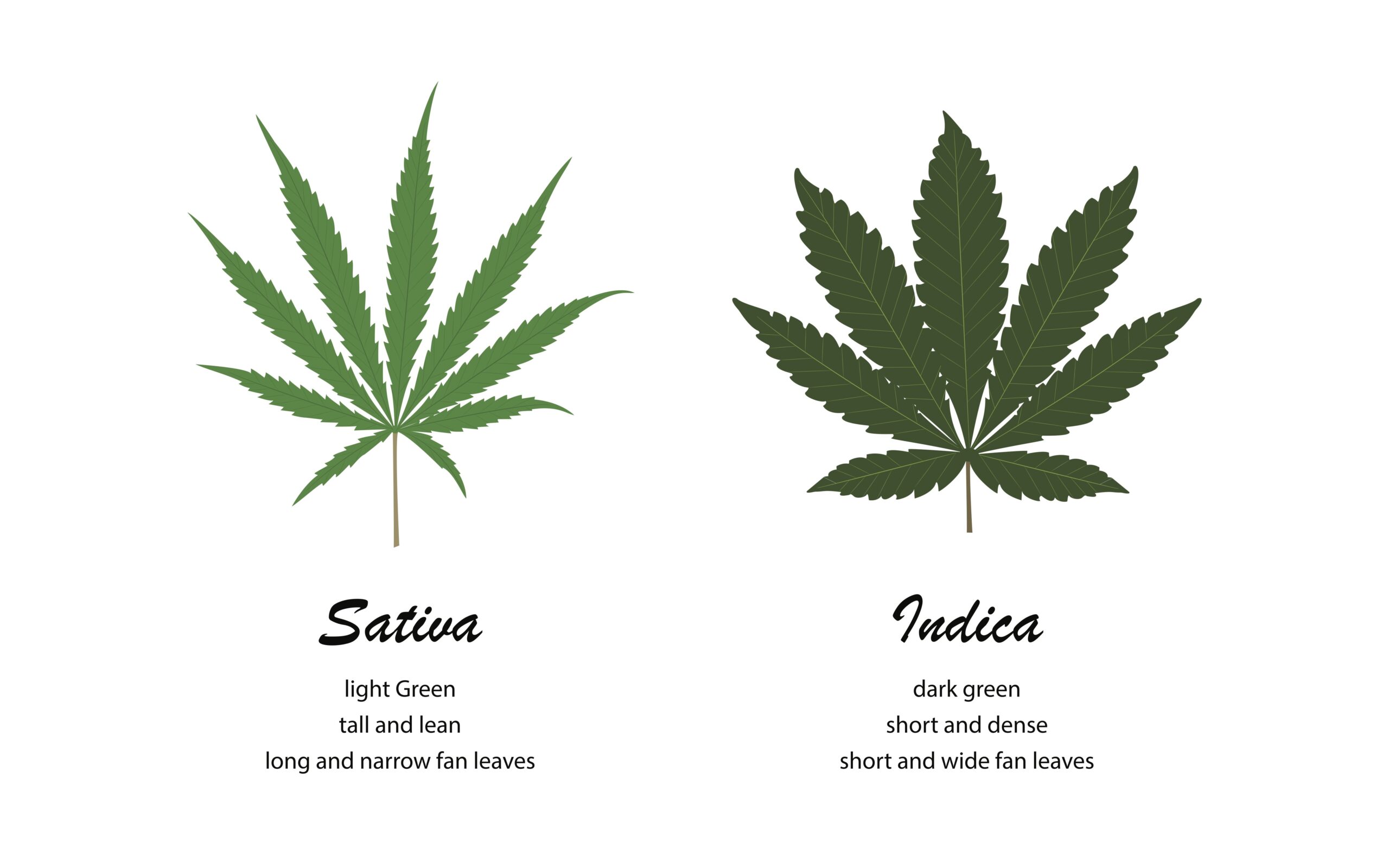In dispensaries all across the United States, cannabis products labeled “sativa” and “indica” line the shelves. However, our dependence on phrases like indica, sativa, and hybrid to classify cannabis is a disservice to customers.
In cannabis culture, people expect an energizing, uplifting high from a “sativa” strain of cannabis. On the other hand, they expect a more relaxing, body high from an “indica” strain. In reality, all modern cannabis strains are effectively hybrid strains.
Through a botanist’s lens, sativa and indica refer to two visibly distinct species or types of cannabis. They also differ in cannabinoid content like THC and CBD. The sativa species has more CBD content and the indica species has more THC content by comparison.
Today, almost every cannabis product on the marketplace is a hybrid strain. Growers have crossbred pure indica and sativa strains for decades, cultivating cannabis plants with a more complex and desirable flower.
Not only is the way of describing modern marijuana strains as indica and sativa inaccurate, but it also poses problems for consumers. If a strain is labeled as sativa dominant, a consumer may assume the effects of the product will be energizing. However, there are over 500 different chemical compounds in cannabis that alter each consumer’s experience with a specific strain. These compounds are called cannabinoids and terpenes, and they all interact with each person’s body in a unique way.
Research has revealed terpene content may significantly influence the way cannabis interacts with the body. Understanding and measuring the different terpenes found in a specific strain helps the community more accurately gauge its benefits and effects.
 Cannabis sativa
Cannabis sativa
We started to talk about indica and sativa in cannabis as a way to separate plants grown for fiber and hash.
Sativa cannabis has very low levels of THC and higher CBD content than its relatives. The species is characterized by its tall stature, thin leaves, and slow maturation cycle.
Sativa plants are still harvested for their fiber. Some growers also harvest sativa for medical cannabis patients seeking flower with high CBD content. Today, we’re still struggling as an industry to find a suitable cannabis grade system.
Cannabis indicaThe indica species of cannabis is thought to originate in Afghanistan or India. It’s characterized by the presence of larger buds, dense branches, and a short stature. It also has a shorter flowering cycle than its sativa cousin. Indica cannabis often has high THC and has been harvested for centuries for its psychoactive effects.
Typical indica effects are most often associated with feeling relaxed, experiencing pain relief, and having an increase in appetite, especially in higher doses. As a result, many medical marijuana patients actively seek indica strains and cannabis preparations.
Cannabis ruderalis
Cannabis Ruderalis is the scientific name for what is essentially feral cannabis. It was discovered in the early 20th Century in Europe and Asia. Frequently, ruderalis plants have been found in regions where hemp production used to take place.
Left to nature, ruderalis plants adapted to their harsh environments and stopped exhibiting traits they did not need to survive. This natural adaptation is another reason scientists insist there are no longer separate species of cannabis.
The impact of terpenes on indica and sativa strains
Those who professionally cultivate cannabis are very familiar with the importance of terpenes in plants. To improve their chance of survival in nature and repel predators, plants produce organic chemical compounds called terpenes. Terpenes give our favorite fruits and flowers of all varieties — not only cannabis plants — their signature scents. Modern technology and science have helped us learn how to isolate terpenes for uses in the perfume, food, and drug industries.
Terpenes are believed to be just as responsible for the varying benefits, side effects, and experiences we expect from different strains. Absent of medical advice, a medical marijuana patient who is seeking help with chronic pain relief may want a strain with myrcene. Myrcene interacts with cannabinoids to produce a more powerful feeling of relief, making it a popular choice for many medical conditions.
Other terpenes including caryophyllene and limonene are known for reducing anxiety. Popular strains with these terpenes include Girl Scout Cookies, Sour Deisel, and Bubba Kush.
The cannabis community’s exploration and growing knowledge of terpenes is very exciting. The more we learn about terpenes, the more we are able to harness the incredible power of plants for specific experiences. Terpenes from cannabis have the potential to help produce anticancer drugs, reverse the effects of some diseases, and prevent heart disease.
The cannabis industry is not going to stop using indica or sativa to discuss strains anytime soon. However, many brands are dealing with the issue through education. Some are including each strain’s dominant terpenes along with its traditional moniker on the package.
Terpenes have cannabis entrepreneurs excited, and for good reason. Someday, a wide range of new cannabis products with custom terpene profiles could become available and demand very high retail prices.
Educating dispensary staff and consumers
For decades, the industry has used sativa to imply an energetic head high and indica for a calming body high. Until budtenders take the lead with education, we’re likely to see customers continue demanding indican and sativa products. Consumers need the guidance of the best budtenders and medical marijuana professionals to make informed choices about their intake.
When a customer comes asks a budtender for a sativa strain, the budtender should inquire about the effects the customer seeks. Instead of immediately informing customers of their ignorance, budtenders can guide them. With the right training, staff members can help customers find the best products bassed on the active ingredients and desired results. For medical patients, its important to share how different types of CBD or THC manufacturing can affect the potency of the final product.
The more consumers know about the effects of terpenes, the more selective they will be when it comes to their products. In fact, terpenes appear to be the future of high-end cannabis products.
Frequently asked questions (FAQs)
How do you remember sativa vs indica?
Sativa leaves are thin and tall, so remember the letter “t” in “sativa.” We started talking about indica and sativa in marijuana as a way to separate plants grown for fiber and hash. In the cannabis marketplace, sativa is associated with energetic, uplifting effects and indica is associated with sedative, calming effects.
However, the sativa vs indica debate can rest when you understand that most plants today are actually a hybrid. OG Kush is one example, a popular cross between Chemdawg, Lemon Thai, and a Hindu Kush from Amsterdam. In appearance, you can remember sativa has slender leaves while indica has wider leaves.
Is indica or sativa better?
It all comes down to preference. The biggest differences are their physical appearance and their cannabinoid content. Indicas traditionally have higher amounts of THC than sativas. Indicas are expected to be shorter in stature and more densely branched than their sativa cousins.
An indica plant also produces more flower in a shorter maturation cycle than a sativa plant.
How to tell indica vs sativa
Generally speaking, indica plans have wide and short fan leaves compared with a sativa plant’s long and thing leaves. While it’s the mixture of terpenes, cannabinoids, and other active compounds that shape the effects of each cannabis strain, sativa strains are still and often incorrectly associated with energetic effects while indica strains have a reputation for relaxing effects.
Does indica vs sativa matter in edbiles?
No, from a consumer’s perspective the distinction between indica and sativa in edibles is not useful. The automatic terpenes and other active ingredients found in raw cannabis flower that contribute to the nuanced effects we associate with indica or sativa stains are typically destroyed in the production or cooking process. Many edibles products on the market today are infused with distillate THC or CBD, a form of purified cannabis extract with no discernable taste or aroma, and as a result, no nuanced effects.













